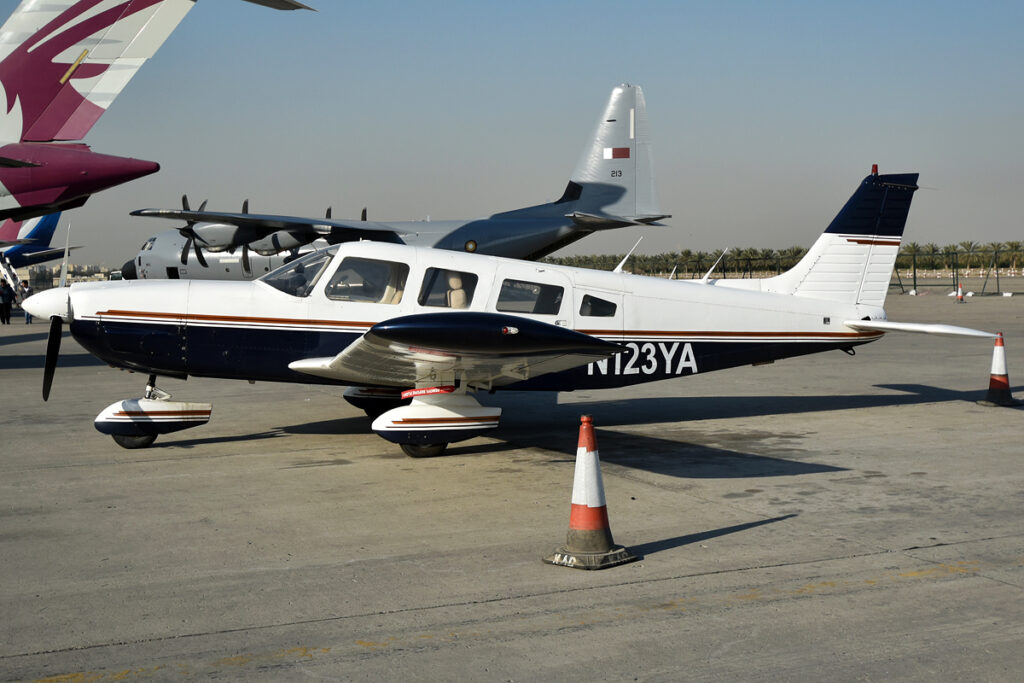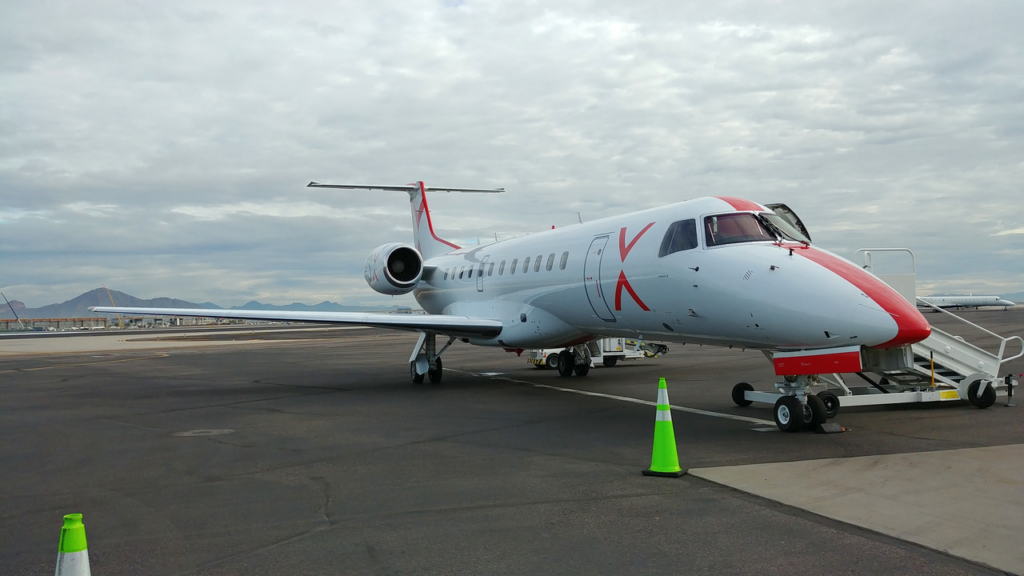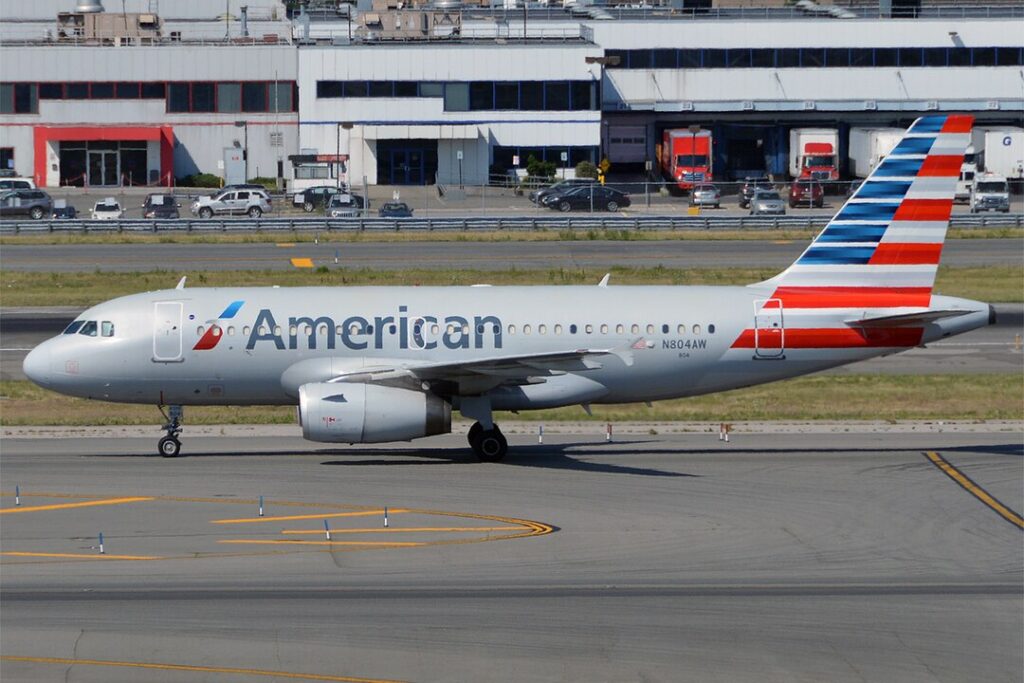WASHINGTON- A shortage of pilots has led major airlines to withdraw from numerous small markets. Additionally, the largest airlines have nearly identical operations, providing seats with nearly identical layouts (equal width and similar legroom within a few inches) and comparable service standards.
Many of the busiest airports face congestion issues. This can be attributed to government-imposed slot restrictions in some instances or the gate management practices of government-owned airports, which can limit access to new entrants. Consequently, it poses a significant challenge for new carriers looking to establish themselves in these markets, Reports Viewfromthewing.

https://commons.wikimedia.org/w/index.php?curid=87373263
New Airlines
In response to these challenges, new airlines have emerged or are attempting to launch operations by adhering to guidelines established by the FAA.
These guidelines permit the use of aircraft with no more than 30 seats, allowing co-pilots with 250 hours of flight experience to work alongside captains with 1,500 hours of flight experience. This aligns with the rules that major carriers followed before 2010, and many experienced pilots currently flying began their careers under such rules.
To meet these guidelines, some carriers, like JSX, have taken 50-seat regional jets and configured them with only 30 seats, effectively providing a ‘first-class’ experience for all passengers.
JSX offers complimentary snacks, beverages, checked bags, and high-performance StarLink internet, which outperforms offerings from major airlines due to its lower satellite orbit, resulting in shorter signal travel distances.
Furthermore, these operations often utilize private terminals, enhancing convenience for travelers.
Regional carrier SkyWest has proposed a similar operation, fully compliant with existing rules, mirroring the JSX model to serve small communities that cannot sustain service with larger aircraft and pilots earning over $200,000 annually.
Notably, no safety issues have been identified with Part 380 carriers adhering to the rules applicable to Part 121 operations. In fact, the FAA has adjusted its oversight of these expanded operations and has not expressed any concerns about JSX or similar airlines.

FAA Likely to Ban Small JSX Airlines
The only reason stated by the agency for potentially banning their operation is their growth. However, growth is precisely what the rules, and the Department of Transportation (DOT), are intended to accommodate. This action is said to be taken “in light of recent high-volume operations,” but there are significant reasons to question its necessity:
- These airlines fill the gap left by major airlines that have withdrawn from certain markets and product offerings.
- The DOT’s primary objective is to support abundant, safe, and efficient air travel, and these carriers contribute to this goal.
At this juncture, the only apparent motivation behind this proceeding seems to be the opposition of the Air Line Pilots Association (ALPA), which is concerned about co-pilots with less than 1,500 hours of training. This approach provides a paid pathway to more commercial pilots, helping to address the ongoing pilot shortage and bolstering ALPA’s negotiating position.
However, it’s important to note that this rule does not enhance safety. Flight hours can be accumulated through routine clear-air, single-engine takeoffs and landings from the same airports repeatedly. These hours can even be accrued while operating a tethered hot air balloon. The primary outcome of this rule is the creation of a time and cost barrier for aspiring pilots.
Both the Department of Transportation and the National Transportation Safety Board (NTSB) have stated that they do not see a direct correlation between co-pilot flight hours and safety. A similar rule has not been adopted in Europe, yet they maintain a safe operating environment comparable to the U.S.
Furthermore, alongside implementing the 1,500-hour rule for commercial airline co-pilots, the U.S. introduced stricter pilot rest requirements, which contribute to safety, addressing the critical issue of pilot fatigue.

JSX Airlines Working
At JSX, they operate with 30,000-hour captains mentoring co-pilots with fewer than 1,500 hours of flight experience. Their operational context differs significantly from that of transoceanic widebody aircraft, which carry hundreds of passengers.
JSX primarily operates 30-seat regional jets on relatively short one- to two-hour flights, often between the same airports. In this context, the need for co-pilots to relieve captains for extended periods is minimal.
In fact, JSX flights typically feature some of the most experienced cockpit crews among domestic operations. Additionally, since 90% of their flights return to base overnight, JSX pilots can rest in their own homes, a superior arrangement for mitigating fatigue compared to many Part 121 carriers.

Kill the Competition
American Airlines (AA), along with ALPA and other unions, has advocated for the banning of JSX. Their objection stems from the presence of a premium airline based in Dallas, which employs many retired senior captains from their ranks and offers a competing product.
JSX has experienced significant popularity and growth, attracting the attention of ALPA and American. The government now proposes to ban JSX, not due to safety concerns but solely because of this growth.
This move aims to redefine regulatory parameters to curtail flying that could benefit smaller markets and eliminate competition for major airlines. The goal is to stifle JSX (and indirectly SkyWest Charter) because they deliver excellent value to passengers.
This endeavor holds value for ALPA and American Airlines because:
- It could eliminate a competitor.
- Even if it doesn’t, it distracts the airline, resulting in legal and lobbying expenses.
- It hampers growth as JSX faces uncertainty, potentially deterring significant capital investments in aircraft conversion, which may not be allowed to continue operating.
The FAA’s stance implies that airlines are functioning as a cartel and intend to maintain this status quo. This situation is indicative of regulatory capture by major airlines and the largest pilot union.
The FAA is soliciting public input and is legally obligated to consider the views of concerned citizens.
Stay tuned with us. Further, follow us on social media for the latest updates.
Join us on Telegram Group for the Latest Aviation Updates. Subsequently, follow us on Google News.

